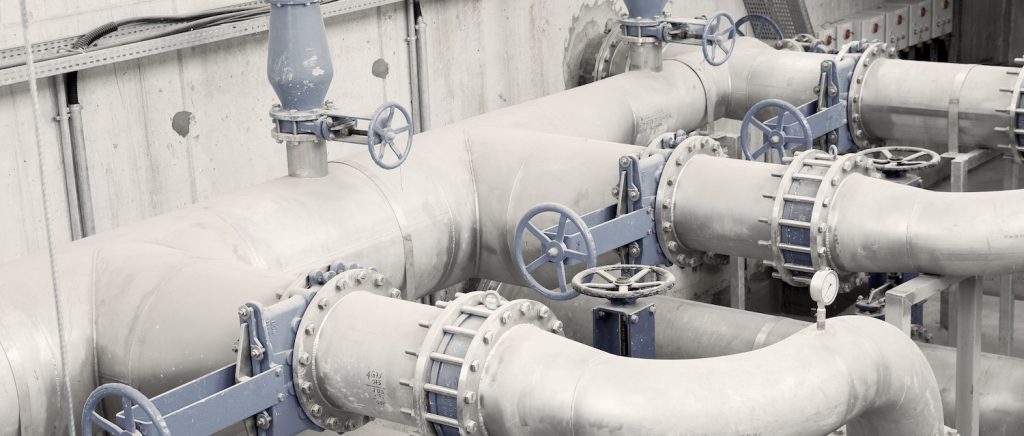Key Takeaways
- Discover the latest advancements in pipeline technology.
- Understand the environmental benefits and cost efficiencies.
- Learn about key external resources providing additional insights.
Introduction to Modern Pipeline Technology
The pipeline industry has seen remarkable advancements over the past decade. Innovations in materials, monitoring systems, and installation methods have greatly improved efficiency and sustainability. These developments not only enhance performance but also significantly reduce environmental impact. For those seeking quality pipeline pigging products, advancements in technology are invaluable.
Modern pipeline technology offers a variety of approaches to solving traditional problems, from reducing maintenance costs to enhancing environmental safeguards. Applying cutting-edge materials and smart technologies is pivotal in transforming the industry. Let’s delve into these advancements and explore how they benefit both the environment and industry stakeholders.
Technological Advancements in Materials
One of the most notable advancements in pipeline technology is the development of new materials. Modern pipelines are constructed with high-strength, corrosion-resistant materials that extend the lifespan of the infrastructure. For instance, composite pipes are now being used due to their durability and flexibility. These materials minimize maintenance and replacement costs, offering long-term economic benefits.
Composite materials are not only more resilient but also lighter, making them easier to transport and install. This means decreased labor expenses and faster installation durations. Furthermore, these cutting-edge materials are capable of enduring greater pressure and temperature ranges, rendering them appropriate for a variety of applications, ranging from oil and gas to water distribution systems.
Enhancing Monitoring Systems
Technological integration in pipeline monitoring has brought significant improvements. Advanced sensors and real-time data analytics allow for continuous monitoring of pipeline integrity. These smart monitoring systems detect potential issues long before they become major problems, ensuring safe and efficient operations.
Smart sensors embedded within pipelines can detect minute changes in pressure, flow rate, and even temperature. This data is transmitted in real-time to a centralized system where it is analyzed for anomalies. Early detection of issues like leaks or blockages enables prompt intervention, preventing environmental disasters and operational downtimes. These systems are crucial in maintaining the longevity and reliability of pipelines.
Innovative Installation Methods
Installation methods have also evolved. Traditional open-cut methods are being replaced by trenchless technology, which reduces surface disruption and environmental damage. For example, horizontal directional drilling (HDD) is a technique that allows pipelines to be installed beneath rivers, roads, and other obstacles without extensive excavation.
HDD and other trenchless methods are not only less invasive but also more cost-effective and time-efficient. These methods reduce the need for large crews and heavy machinery, thus cutting down on the overall project costs. Furthermore, trenchless technology preserves the natural landscape and minimizes the impact on wildlife habitats, making it an environmentally friendly option.
Environmental Benefits
New pipeline technologies contribute significantly to environmental protection. The use of advanced materials and leak detection systems reduces the risk of spills and leaks, which can have disastrous effects on ecosystems. Additionally, modern installation techniques like HDD minimize the impact on landscapes and habitats.
Reducing leaks and spills is vital for protecting water sources and soil quality. Advanced leak detection systems quickly identify and address potential breaches, preventing hazardous substances from contaminating the environment. Moreover, the use of low-impact installation methods ensures that natural water flows and animal migration patterns remain undisturbed. These environmental benefits are crucial for gaining regulatory approval and public support for new pipeline projects.
Cost Efficiency
The shift to more durable materials and smarter monitoring doesn’t just benefit the environment—it also brings substantial cost savings. Reduced maintenance and lower risk of failures translate to fewer shutdowns and repair expenses. Moreover, efficient installation methods like trenchless technology cut down on labor and time costs.
Long-term savings are realized through reduced operational disruptions and maintenance needs. Durable materials require fewer repairs, while smart monitoring systems prevent costly failures. Additionally, efficient installation methods mean pipelines are operational faster, reducing the economic impact of delays. The overall cost efficiency of modern pipeline technologies makes them an attractive investment for companies looking to optimize their infrastructure.
Future Trends in Pipeline Technology
The future of pipeline technology looks promising with continuous research and development. Companies and research institutions are working on even more advanced materials and monitoring solutions. For example, innovations in sensor technology and AI-driven analytics are expected to revolutionize the way pipelines are managed, providing unprecedented levels of security and efficiency.
Future advancements may include self-repairing materials and even more sophisticated AI systems capable of predictive maintenance. These technologies will not only enhance the operational efficiency of pipelines but also further reduce the environmental footprint. Additionally, ongoing research into renewable energy integration and underground gas storage could open new avenues for pipeline applications, making them a central component of the sustainable energy infrastructure.
Conclusion
As the pipeline industry adopts these innovative solutions, the benefits are clear—enhanced efficiency, cost savings, and environmental protection. Embracing these technologies will ensure sustainable and reliable pipeline infrastructure for years to come. Staying informed about the latest advancements is crucial for industry professionals and stakeholders to make informed decisions and drive further innovation.
The evolution of pipeline technology is a testament to human ingenuity and the relentless pursuit of progress. By continuing to invest in research and adopting the most advanced solutions, the pipeline industry can overcome its challenges and unlock a future of safe, efficient, and sustainable energy transportation.

